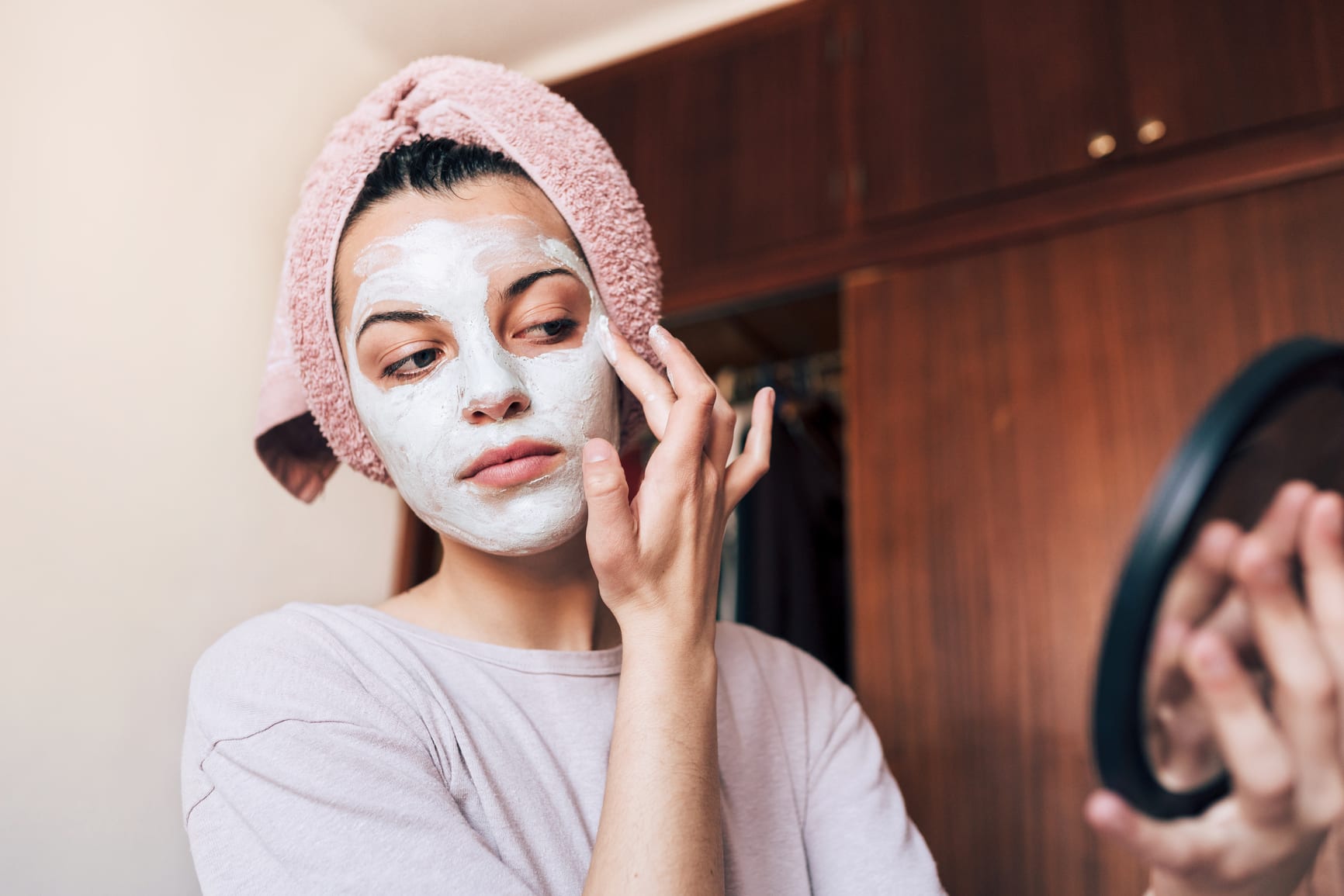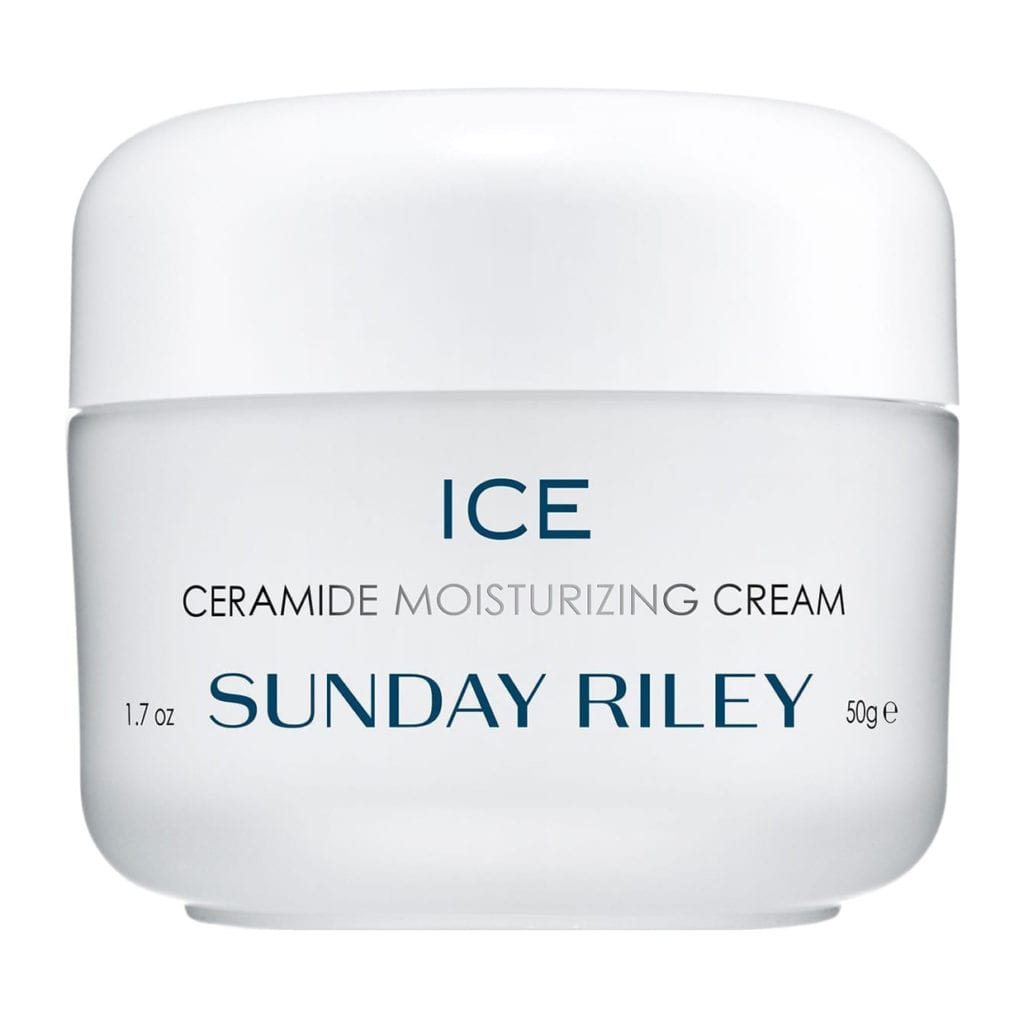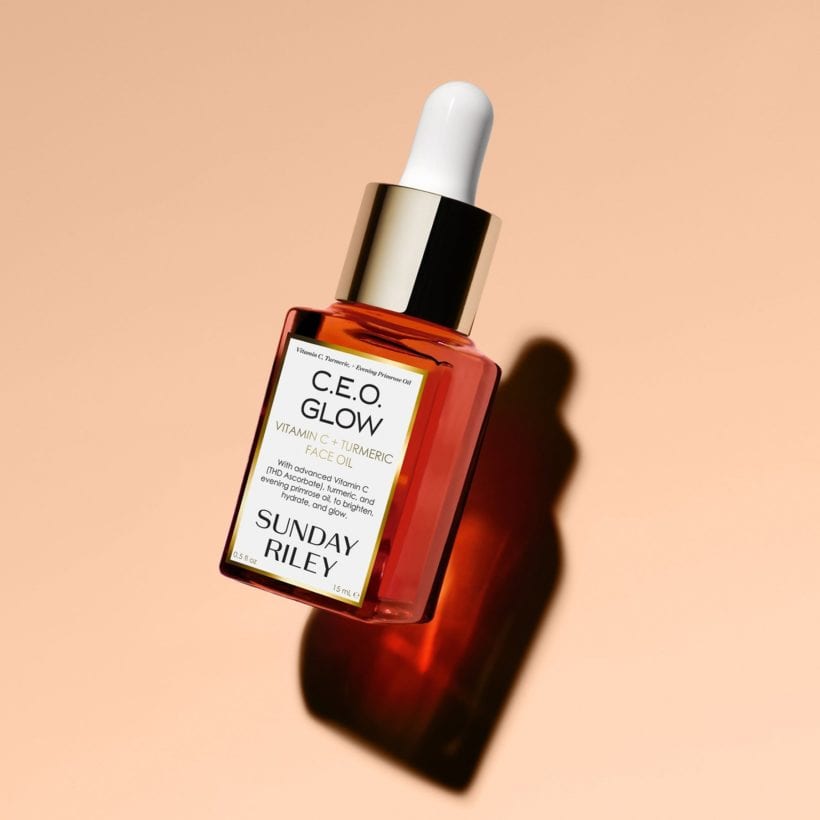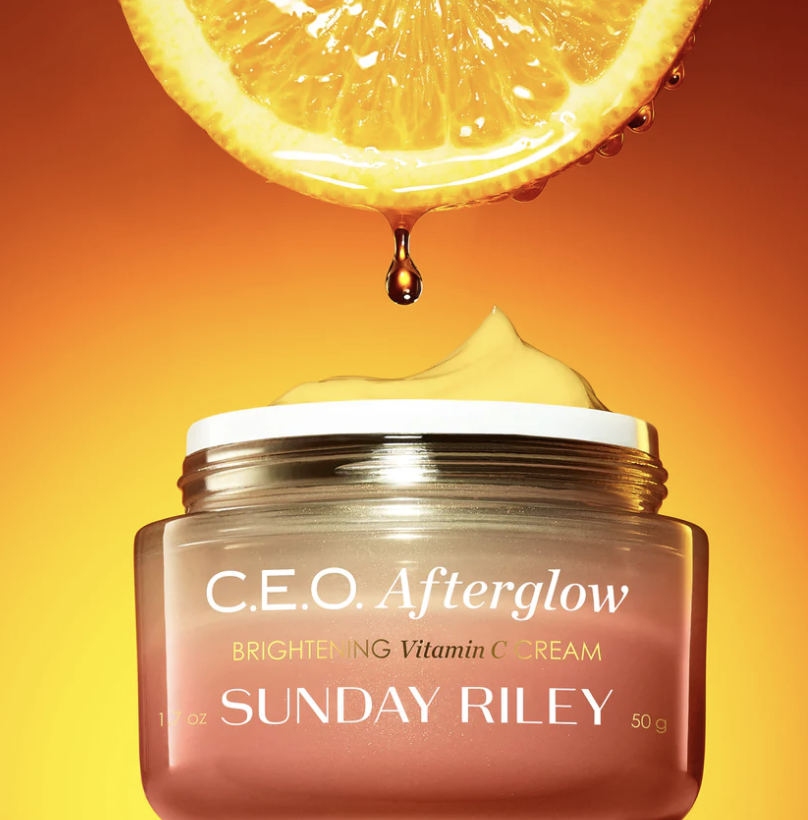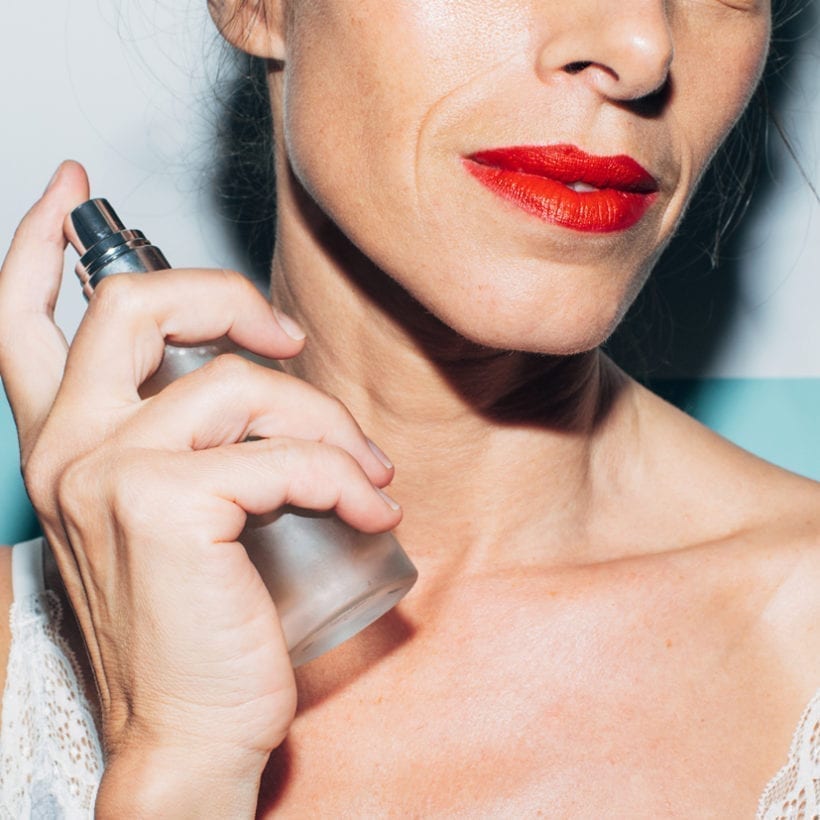Who doesn’t love a good misnomer? For example, jellyfish and starfish aren’t fish; koalas aren’t bears; peanuts are legumes, not nuts; Danish pastries originated in Austria, and Jerusalem artichokes are neither from Jerusalem nor artichokes. Add vitamin F to this list of misleading names.
“Vitamin F is not an actual vitamin,” says Dr. Orit Markowitz, board-certified dermatologist and founder of OptiSkin in New York City. “It’s actually made up of two essential fatty acids, omega-3 alpha-linolenic acid (ALA), and omega-6 linoleic acid (LA).” And our bodies need both of these. The body uses omega 3 in a few critical ways, including supporting cardiovascular health and blood pressure, as well as the immune system, promoting brain health and healthy, glowing skin (more on that in a tick). LA supports healthy skin, the immune system and the joints.
“Not getting a sufficient amount of these fatty acids can lead to dry skin, hair loss, slow wound healing, poor growth in children, skin sores and scabs, as well as brain and vision problems,” says Dr. Markowitz. Thankfully it’s not too hard to get ALA and LA in your diet. Food sources of ALA include chia seeds, pumpkin seeds, hemp seeds, flaxseeds, wheat germ, walnuts and pecans. Good sources of LA include the same seeds as ALA, plus black currant oil, olives and evening primrose oil. (There are bad food sources as well, including processed vegetable oils, margarine and grain-fed animal meats.) To get your daily dose of these powerhouses, aim for two grams of ALA and 10 grams of LA each day. For instance, sprinkle a teaspoon of chia seeds in a smoothie, yogurt or salad, or eat a small handful of walnuts and add olives to your dinner. Easy as that.
While eating a “well-balanced diet is crucial to healthy skin,” says Dr. Markowitz, skin also benefits from a topical dose of ALA and LA. Dr. Markowitz points to studies that show vitamin F protects the outer layer of the skin and that applying products with ALA can improve photo-damaged skin (those are the wrinkles, roughness and pigmentation caused by sun exposure). “Because these fatty acids aid in inflammatory disease, people who suffer from atopic dermatits, psoriasis and acne can also benefit from applying this topically.” Studies have shown that molecules in omega-6 and -3 acids can influence the skin’s inflammation response, meaning that if there’s an irritant, it can help reduce redness and other negative reactions in that area. Vitamin F also helps lock in moisture, so those suffering from dry, scaly skin will be able to retain the moisture their skin needs. It also helps with the skin barrier. Think of it like grout between tiling — protecting irritants from passing through the skin barrier while keeping the good moisture in. A 1998 study showed that applying LA on acne can even reduce pustule size.
Another beauty of vitamin F is that “ALA and LA can be used safely with your other favorite skincare ingredients like vitamin C and hyaluronic acid,” she says. What’s a super-simple way to incorporate it into your routine? Sunday Riley ICE Ceramide Moisture Cream. In this rich moisturizer, the vitamin F works to strengthen the skin barrier to keep moisture in; the result is more supple-looking skin, with fewer wrinkles and fine lines. Over time, it will help improve pigmentation as well.
This is almost sounding too good to be true — there must be a catch like certain skin types or conditions should avoid it? Nope. “The great thing about vitamin F is that anyone can use it as an ingredient in their skincare,” says Dr. Markowitz.
So a morning and evening moisturizer application for topical skincare needs and some seeds for biological needs is all it takes? Isn’t it nice when something is so straightforward? (Unlike the fact that fireflies are actually beetles.)
We only recommend products we have independently researched, tested, and loved. If you purchase a product found through our links, Sunday Edit may earn an affiliate commission.
